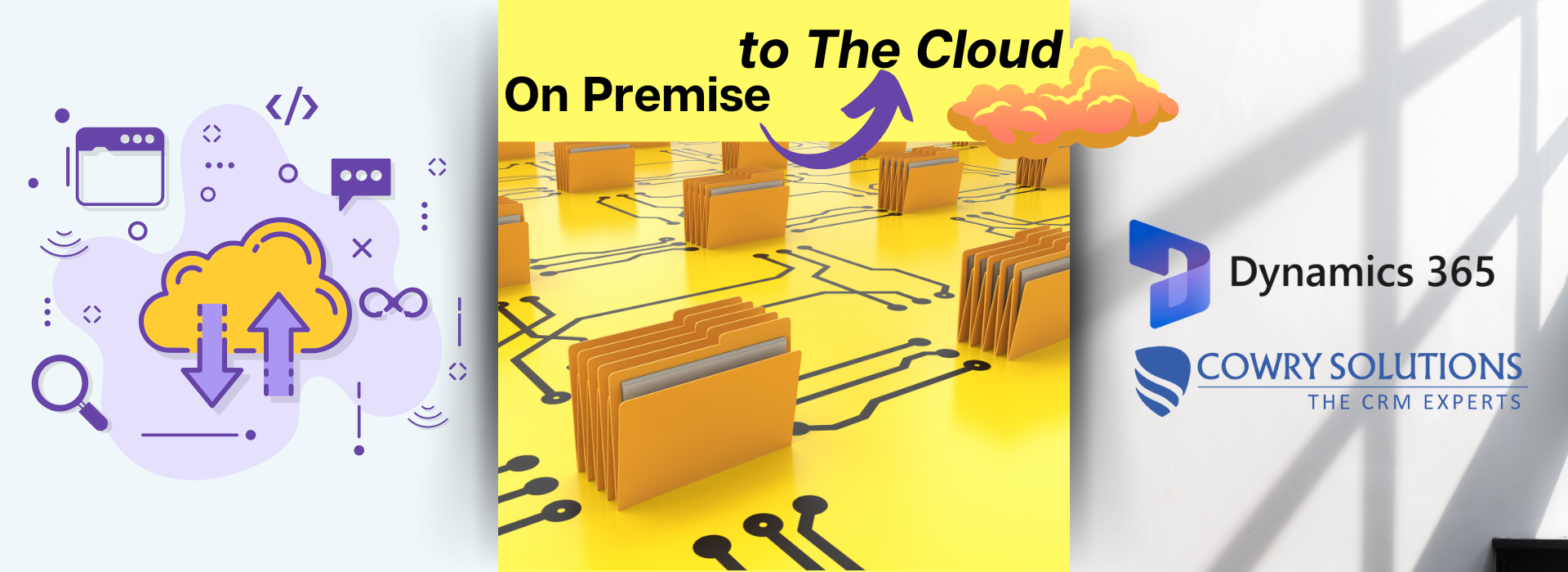
There are good reasons why accountants recommend finance packages like Xero, Quickbooks and (perhaps more historically now) Sage 50 to their smaller clients. Chief amongst these are they are cheap, they are easy to use and there are a lot of finance people and bookkeepers out there who know the products.
So let’s get one thing straight. If you simply need to create customer invoices, record supplier invoices, manage your bank accounts and prepare some financial statements, including VAT returns, these solutions are perfect. And if you get in contact with us here at Cowry Solutions, we’ll tell you that Dynamics Business Central isn’t right for you.
However ….
We tend to help clients when a basic finance package either begins to creak, requires 3rd party bolt-ons or Microsoft Dynamics is a company’s strategic choice. Let’s explore those in turn.

Creaking
Tell-tale signs include a proliferation of spreadsheets to manage the finances or sometimes just a general sense that there are too many manual processes outside of your finance package. If your system is performing badly or there is little or no automation, these are tell-tale signs too. Maybe this was all fine when you implemented your package, but the business has changed or grown. Count the grumbles from the users.
Add-ons
Many businesses that want to implement Dynamics Business Central have an inventory management requirement. Mostly we hear from customers who have a basic finance package and manage their stock on a spreadsheet. It was fine when they were small, but not appropriate any more. There is an option to buy an inventory bolt-on for any of these basic finance packages. But there are three problems with that. Firstly, the cost rises above the cost of Business Central. Secondly, although there is an integration, it still requires users to constantly switch between two systems and thirdly, automation across the two is very difficult to achieve.
If you are reaching for the directory of 3rd party add-ons, consider a solution that already has those add-ons covered.
Strategic Choice
So many companies are using Microsoft for email, Office applications and document management and collaboration through the Office365 suite. Business Central is hosted on the same environment and managed in the same interface. So it can make sense to ‘go all in’ with Microsoft, which, after all, is the world’s biggest software company.
And when it comes to business applications, Microsoft has a broad and deep portfolio. As well as finance and stock, the Dynamics suite can cover you for:
- Manufacturing
- Logistics
- Sales and Marketing
- Customer Service
- Field Service
- Talent Management
- Project Automation
- Commerce
So Microsoft works well for growing businesses that might need additional, integrated functionality over time.
Summary
We understand why Xero, Quickbooks and Sage 50 are popular. But we believe that there are many, many businesses out there who have outgrown these products. They haven’t moved on because it seemed too hard, too expensive or the business change was too great.
And often the next level up seems too big a stretch.
That’s why we developed the Lightning approach – designed specifically for businesses that need to get the benefit of Business Central, but who don’t have deep pockets.
If you are using one of these basic finance packages and recognise some of the issues highlighted in this article, get in touch with us to arrange an initial chat.
Want to know how to optimize Microsoft Dynamics 365 CRM for your business?

Sales Transformation with AI: From Chaos to Clarity

Microsoft Government Community Cloud – GCC Explained

‘Record Created On’ vs ‘Created On’ date fields??

Dynamics CRM Migration from On Premise to the Cloud

Setting up Users in Dynamics 365 Sales
The Sales Process in Dynamics 365 Sales

Top 7 Dynamics 365 Customer Success Strategies


